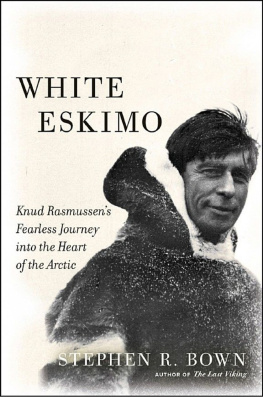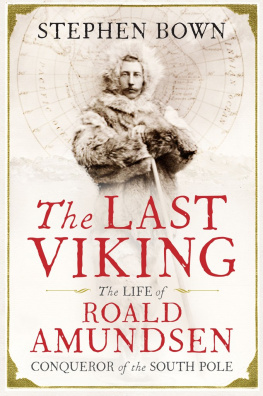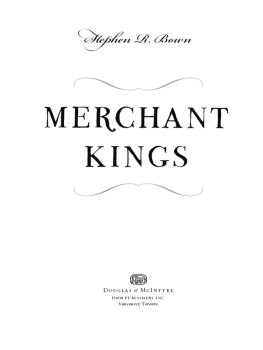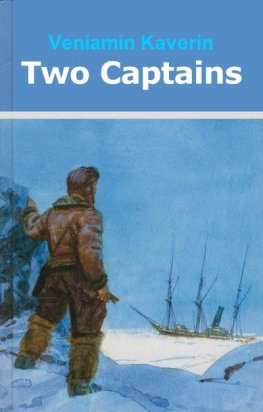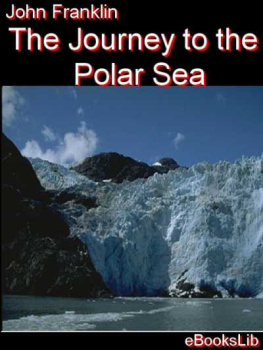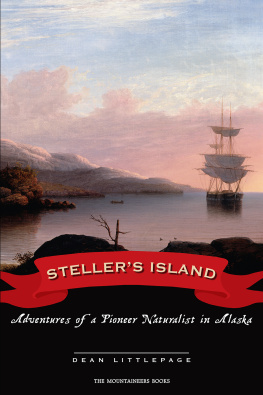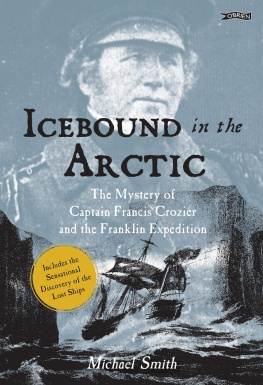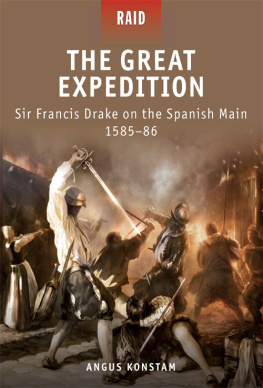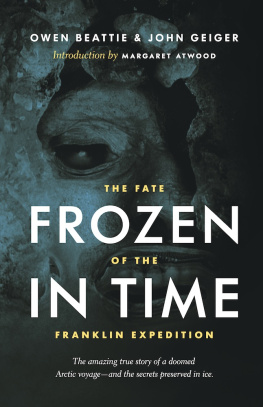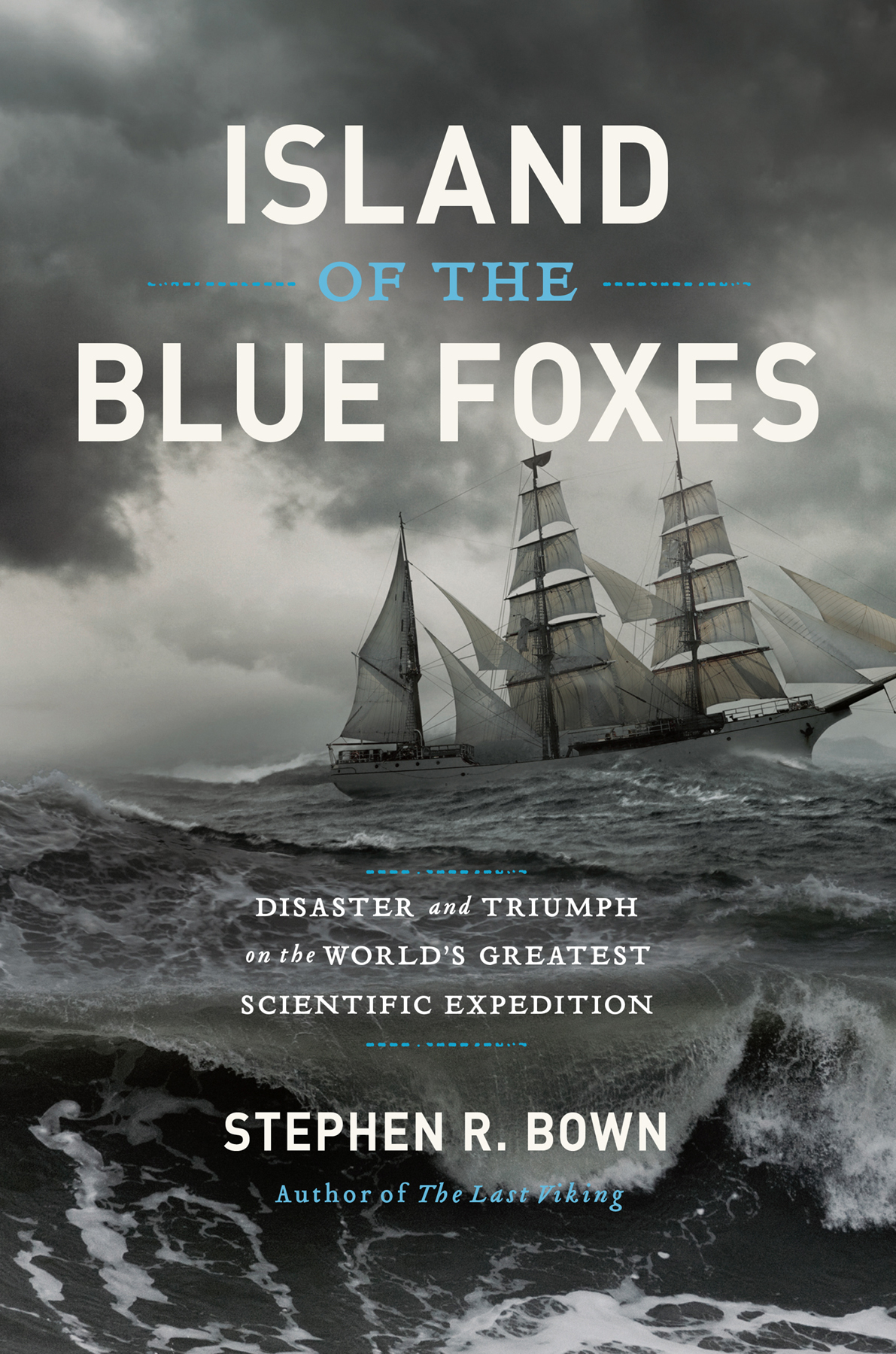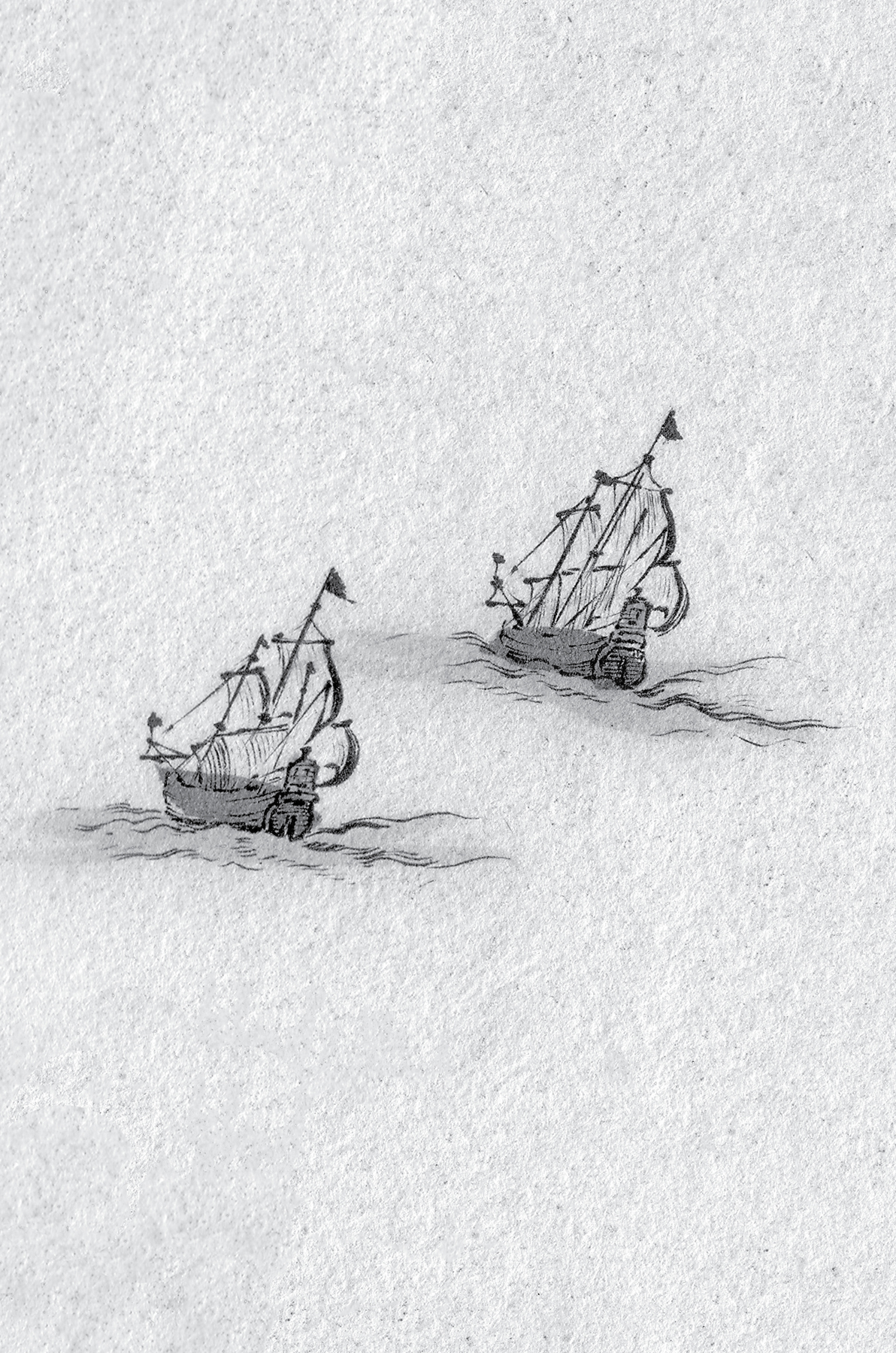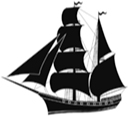Copyright 2017 by Stephen R. Bown
Hachette Book Group supports the right to free expression and the value of copyright. The purpose of copyright is to encourage writers and artists to produce the creative works that enrich our culture.
The scanning, uploading, and distribution of this book without permission is a theft of the authors intellectual property. If you would like permission to use material from the book (other than for review purposes), please contact permissions@hbgusa.com. Thank you for your support of the authors rights.
Published as a Merloyd Lawrence Book by Da Capo Press, an imprint of Perseus Books, LLC, a subsidiary of Hachette Book Group, Inc.
The publisher is not responsible for websites (or their content) that are not owned by the publisher.
Library of Congress Cataloging-in-Publication Data has been applied for.
1580s Russian Cossacks begin the conquest of Siberia.
1587 Founding of Tobolsk.
1632 Founding of Yakutsk.
1648 Russian explorer Semyon Dezhnev first navigates the Bering Strait.
1689 Peter the Great becomes co-czar of Russia with Ivan, his disabled stepbrother. Under the Treaty of Nerchinsk, Russia is denied access to the Pacific Ocean along the Amur River.
1696 Vitus Bering first goes to sea as a ships boy on a voyage to India.
1703 Founding of St. Petersburg.
1724 Vitus Bering is promoted to be commander of the First Kamchatka Expedition.
1725 Death of Peter the Great. He is succeeded by his wife, Catherine I, who continues to carry out his policies and priorities, including the plan to explore Siberia.
1727 Catherine I dies, and Peter II becomes emperor. Bering sails the Archangel Gabriel north along the Pacific coast of Kamchatka.
1729 Death of Peter II, succeeded by Peter the Greats niece Empress Anna Ivanovna, who continues his vision of imperial exploration.
1730 First Kamchatka Expedition returns to St. Petersburg. Bering forwards plans for a second expedition.
1732 Empress Anna Ivanovna approves plans for a second expedition to be led by Vitus Bering.
1733 April Contingents of the Second Kamchatka Expedition, also known as the Great Northern Expedition, depart St. Petersburg.
1734 October Vitus Bering arrives in Yakutsk, headquarters for the expedition.
1737 Fall Advance parties of the expedition arrive in Okhotsk.
17381739 Martin Spangberg sails to northern Japan in three ships.
1740 June The St. Peter and St. Paul are completed at Okhotsk and sail around Kamchatka to Avacha Bay. Georg Steller arrives at Okhotsk. Anna Bering and the wives and families of the expedition officers return west to St. Petersburg.
October 28 Empress Anna Ivanovna dies.
1741 May 4 Sea council of officers decides to sail southeast in search of Gama Land.
June 4 The St. Peter and St. Paul depart Kamchatka for the coast of North America.
June 20 The St. Peter and St. Paul are separated in a storm, head east independently.
July 15 Aleksei Chirikov on the St. Paul sights the coast of North America.
July 16 Bering and Steller on the St. Peter sight the coast of North America near Mount St. Elias.
July 18 Chirikov sends eleven men ashore in the longboat for freshwater.
July 20 Bering in the St. Peter approaches Kayak Island and sends crews ashore for water. Steller collects plants and animals.
July 24 Chirikov sends four more men ashore to search for the missing shore excursion.
July 27 Chirikov abandons shore crews as dead or captured and sets sail for Kamchatka without obtaining freshwater.
August Scurvy spreads through the crew of the St. Peter, including Bering, who seldom emerges from his cabin.
August 30 The St. Peter stops in the Shumagin Islands for freshwater. Nikita Shumagin is the first member of the expedition to die of scurvy.
September 49 Crew of the St. Peter meet Aleuts, in first encounter with native Americans.
September 9 The St. Paul crew encounter Aleuts at Adak Island but are unable to trade for freshwater. Scurvy is showing in the crew.
Late September and October Scurvy epidemic and storms ravage the St. Peter.
October 10 The St. Paul returns to Avacha Bay. Fifteen men are abandoned in Alaska, and six are dead from scurvy.
November 6 The St. Peter is driven into Commander Bay on Bering Island. Men die of scurvy daily. Feral blue foxes attack.
December 8 Bering dies. Lieutenant Sven Waxell becomes new leader of the shore camp.
1742 January 8 Last scurvy death. With hunting and Stellers medicinal plants, conditions on Bering Island improve.
April 25 Peter the Greats daughter Elizabeth crowned empress after a coup the previous November.
May 2 Work begins to dismantle the wrecked vessel and build a new, smaller St. Peter.
August 13 Departure from Bering Island.
August 26 Arrival of survivors in Avacha Bay.
1743 Russian Senate officially disbands the Second Kamchatka Expedition.
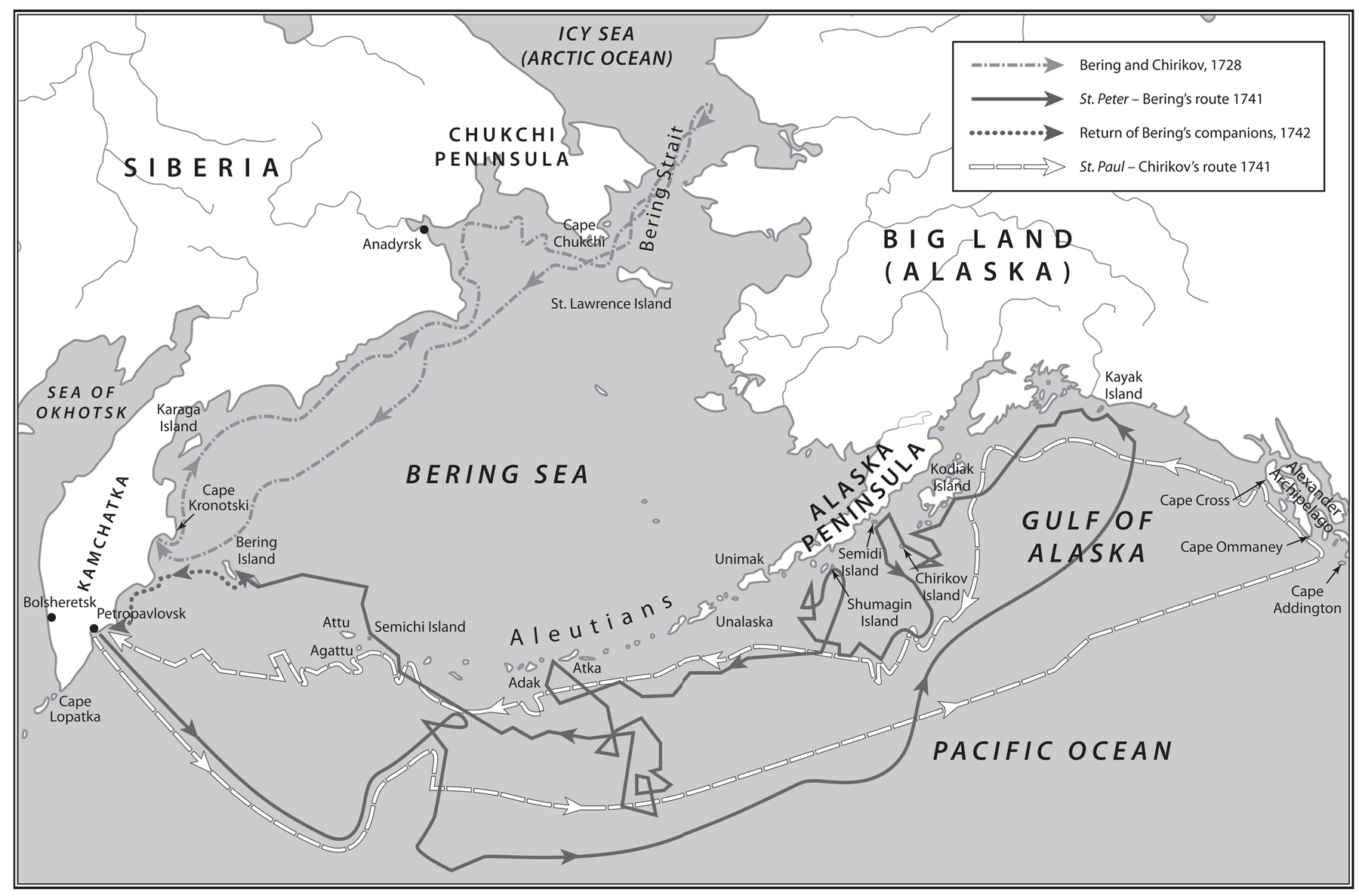
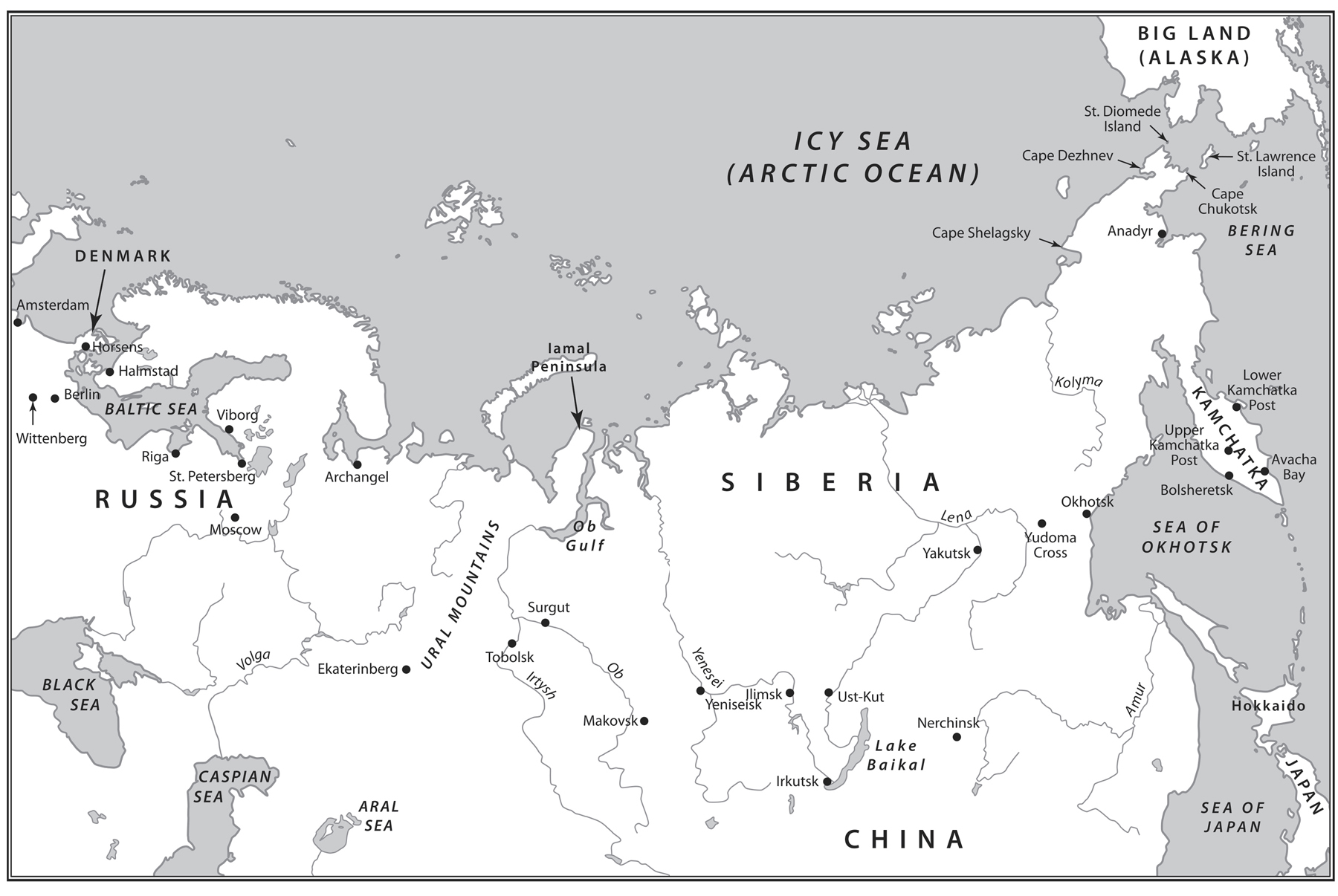
PROLOGUE:
THE EDGE OF THE WORLD
I N THE FALL OF 1741, the Russian vessel St. Peter, more a wreck than ship, with tattered sails and snapped masts, limped west across the stormy North Pacific Ocean. A chill descended from the north, turning the rain to snow. Ice crusted the rigging and the railings. But the deck was curiously free from activity, as most of the men were lying below in their hammocks, despondent and immobilized from scurvy.
When the waves subsided and the skies cleared from the latest squall, a handful of mariners came on deck and stared at a distant outcropping of land that one of the officers assured them was Kamchatka. The vessel floated quietly into a harbor and dropped anchor as night fell. When the tide changed, however, a great current spun the ship about, snapped the anchor cable, and dragged the helpless vessel toward a concealed reef. Panic-stricken men dashed about, crying out questions as the hull ground sickeningly on the jagged rocks. If it were sundered, they all knew they would be sucked to their doom in the frigid waters. At the last moment, however, a large wave lifted the battered ship over the reef and deposited it in a shallow lagoon near the shore. Scarcely believing their deliverance, the few reasonably able-bodied men began ferrying the sick, the dead, and supplies to the stony beach, a task that consumed many days because of winds and snow flurries.



